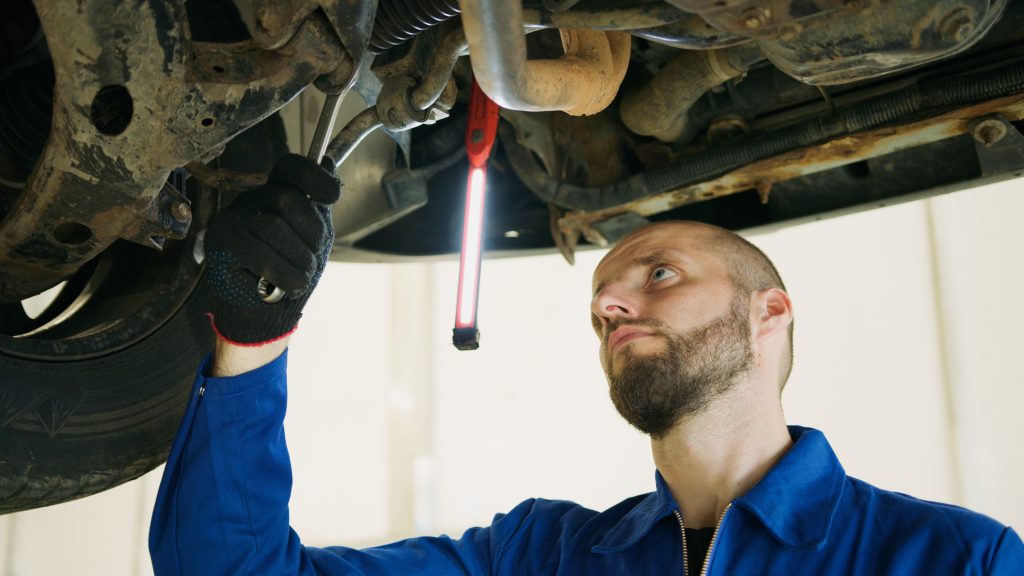How To Know If Your Car Will Break Down
This is a collaborative post. Thank you for supporting the posts which make this blog possible.
Having your car break down is a hassle that nobody wants to deal with, whether you’re going on a short drive or you’re on a camping adventure, so what can you do to avoid it? While many factors can contribute to a breakdown, there are also indicators to look out for. The easiest strategy to avoid expensive car repairs is to get on top of any seemingly minor issues as soon as possible. Read on to find out more.

The Car Has Trouble Starting
This may cause anything from a little holdup to multiple tries before your engine finally starts up. Take note of how difficult it is to start the car and of any other symptoms that could appear at the same time. For example, the starter could be broken if you hear clicking, but the instrument lights are on, but it’s probably an old battery if the dashboard lights aren’t working either.
Unless you’re a mechanic, it’s usually best to seek out expert advice in this situation. The fix might be a simple one, but it could be that you’ll be better off heading to Edmunds to find a new car because the repairs are just too expensive.
Oil Spots Beneath The Car
You should take your vehicle in for an inspection as soon as you see any stains under it. Even though an oil leak is the most likely culprit, ignoring the problem might lead to more serious consequences since insufficient oil can accelerate engine wear and damage. Overheating can damage your engine, a coolant leak is a more serious threat, and problems with Adblue can harm the engine and damage the metal.
You can tell what kind of leak you’re dealing with by the colour of the areas under your car. Engine oil can be any colour from amber to brown to black, while coolant is either green or orange. It’s advisable to have a professional check your automobile as quickly as possible if you suspect a leak, regardless of which fluid it might be.
Related Article: When to Sell Your Car: A Guide for Parents
Your Engine Is Too Hot
The cooling system in your car is crucial because it regulates the temperature of the engine and transmission, ensuring their optimal performance. It becomes increasingly difficult for your cooling system to maintain a comfortable internal temperature as its components age and wear out. There will be increased issues with engine power and greater temperatures as the parts age.
Both the engine and transmission fail when the temperature inside your car becomes too high. The metal components of your car’s engine and transmission suffer increased wear and damage at greater operating temperatures. Overheating the engine to the point where it stops functioning will require expensive repairs and render your vehicle unusable.
Along with keeping the cooling system in good shape, it’s important to check the air conditioning compressor as well. If the AC compressor isn’t working properly, it can add to the heat inside your vehicle, making it even harder for the cooling system to do its job. Regular inspections and timely maintenance of these components can help prevent overheating and extend the life of your engine and transmission. If the compressor turns out to be the issue, you may need a changement compresseur climitisation to restore proper cooling performance.
Your Check Engine Light Is On
The obvious advice here is to not dismiss the warning of a lit check engine light. Sometimes the check engine light will come on because other warning indications have been ignored and have progressed to the point where they cannot be ignored any longer. It’s high time to have a professional mechanic take a look. Thankfully, when the check engine light comes on, it is not difficult to figure out what the problem is with a modern car. That’s because an expert can immediately identify the source of the light. Getting an early diagnosis can save you money on costly repairs or a breakdown.

Leave a Reply